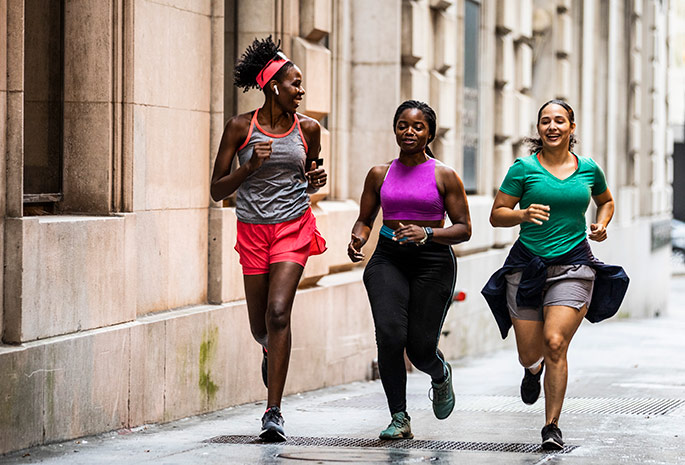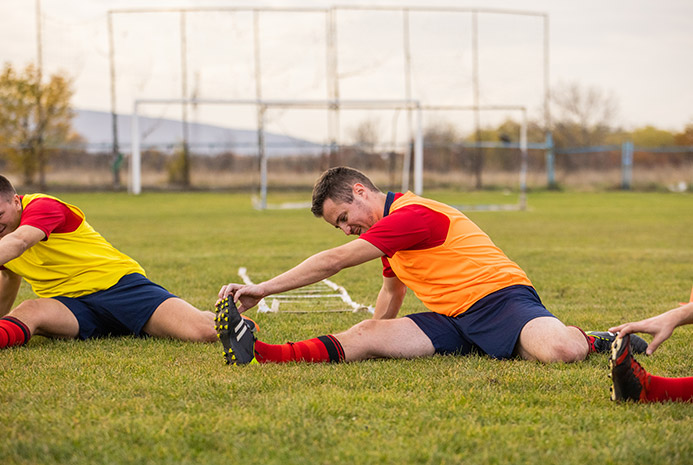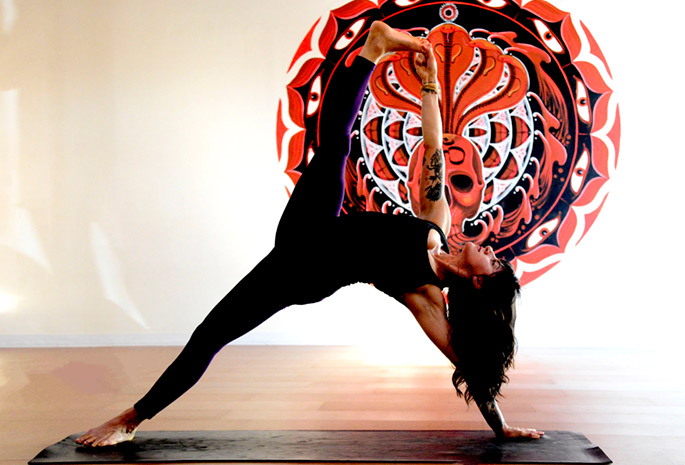It was supposed to be a training day like any other when professional racer Giacomo jumped on a friend's motorcycle to see how it rode. He made the same turn he’d made several times that day, but this time he hit the turn just a little differently—and that one small change made all the difference in the world.
Giacomo recalls, “I compressed the bike into the berm, into the ground and I had my leg out there. It was just in a bad spot, and it twisted itself up, and I tore my ACL.”
But his accident took another surprising turn when Giacomo didn’t have the typical response one might expect after such a potentially devastating injury.
“It’s not really funny,” he says, “but still, the funnier side of this was that I instantly got up and I sat on the truck and was like, ‘No, I'm fine. I just probably hyperextended my knee a little bit.’”
He went to his doctor, but he still didn’t realize he’d torn his anterior cruciate ligament (ACL). He had a swollen knee, which didn’t alarm him. But an exam revealed an ACL tear. After further discussion, the doctor told Giacomo he’d see him at the next checkup and go from there.
“The approach we took was, let's wait on surgery because I was doing so well. We'll wait, and then we can see if we can rehabilitate. The problem was that my doctor never put enough emphasis on rehabilitation. I did some exercises for maybe a month or two at home. And that was it.”
Giacomo moved on with this life, saying, “We ended up leaving it for two years. And I even won a championship race with a torn ACL.”




